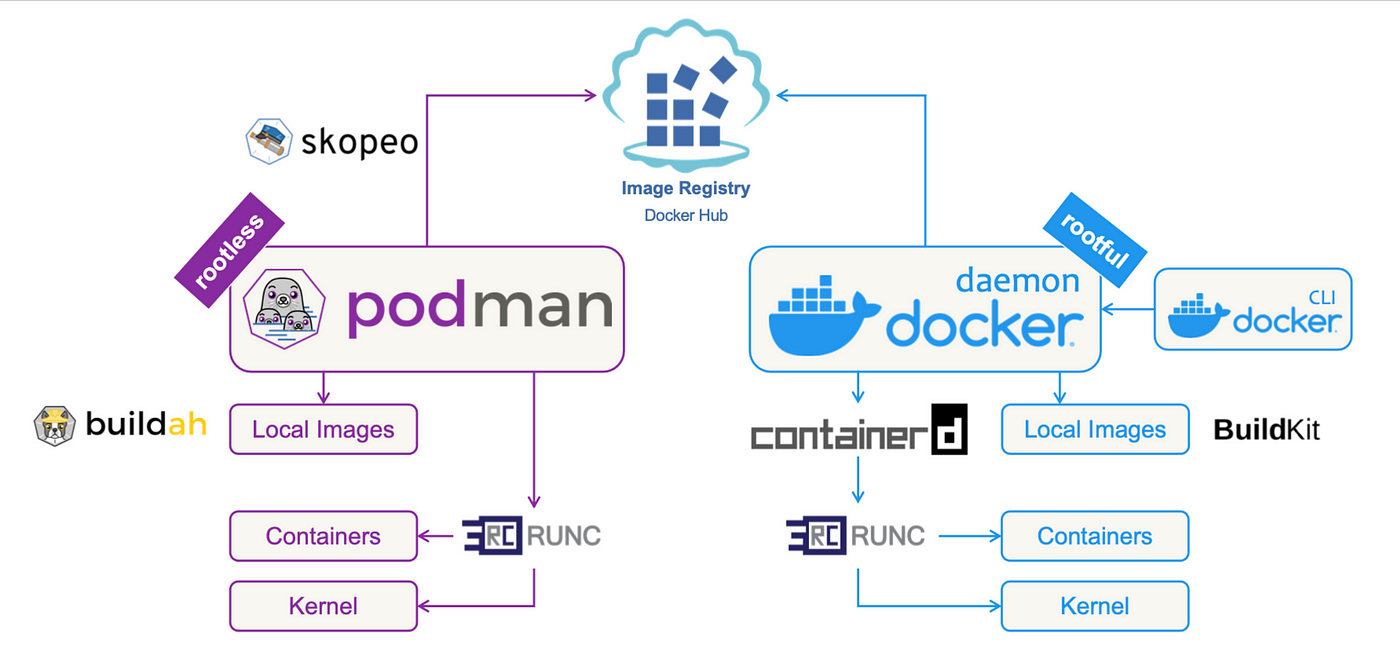I’ve witnessed firsthand how web communication protocols have evolved to meet the demands of increasingly complex applications. The Hypertext Transfer Protocol (HTTP), the backbone of the modern web , has undergone significant changes since its inception. In this post, we’ll explore the evolution from HTTP 1.x to HTTP 3, and compare these with gRPC—a modern Remote Procedure Call (RPC) framework—highlighting their strengths and ideal use cases.
HTTP 1.x: The Foundation
HTTP 1.x laid the groundwork for client-server communication on the web . However, it comes with several limitations:
- Blocking Nature: Each request-response cycle is sequential, meaning the server must complete one before moving to the next.
- Head-of-Line Blocking: A slow request can bottleneck subsequent requests over the same connection, even if they’re ready to be processed.
- Limited Multiplexing: Only a small number of concurrent requests can be handled over a single TCP connection.
Despite these constraints, HTTP 1.x remains relevant in legacy systems or low-traffic environments where simplicity outweighs performance needs.
HTTP 2.x: A Major Leap Forward
HTTP 2.x introduced groundbreaking features that addressed many of the inefficiencies of HTTP 1.x:
- Multiplexing: Multiple requests can be sent concurrently over a single TCP connection, eliminating head-of-line blocking .
- Header Compression (HPACK): Headers are compressed using HPACK, reducing overhead and improving efficiency .
- Server Push: Servers can proactively send resources to clients before they’re explicitly requested, enhancing page load times .
These enhancements make HTTP 2.x ideal for most modern web applications, especially those requiring high concurrency and better performance.
HTTP 3: Built for Performance Over QUIC
HTTP 3 represents a major architectural shift by moving away from TCP as the transport protocol and adopting QUIC, a UDP-based transport developed by Google and standardized by the IETF:
- QUIC Transport Layer: Offers faster connection establishment, built-in encryption, and improved congestion control .
- Multiplexing Without Head-of-Line Blocking: Unlike TCP, QUIC allows independent streams of data within a single connection, avoiding bottlenecks caused by packet loss .
- Enhanced Congestion Control: QUIC’s congestion control algorithms adapt more efficiently to network conditions, leading to better performance under heavy traffic .
HTTP 3 is particularly well-suited for high-performance applications such as streaming services, real-time communications, and mobile apps operating in unstable networks.
gRPC: High-Performance RPC for Distributed Systems
While HTTP focuses on general-purpose communication, gRPC is designed specifically for building distributed systems:
- RPC Framework: Built on top of HTTP/2, gRPC provides a structured way to define services and invoke remote procedures .
- Interface Definition Language (IDL): Services and message formats are defined using
.protofiles, enabling strong typing and cross-language compatibility . - Code Generation: gRPC automatically generates client and server stubs in multiple languages, accelerating development and ensuring consistency .
- Binary Serialization: Uses Protocol Buffers (protobuf) for efficient serialization, resulting in smaller payloads and faster parsing compared to text-based formats like JSON .
gRPC excels in microservices architectures, APIs requiring strict contracts, and systems needing high throughput and low latency.
Feature Comparison Table
| Feature | HTTP 1.x | HTTP 2.x | HTTP 3 (QUIC) | gRPC |
|---|---|---|---|---|
| Transport Layer | TCP | TCP | QUIC | HTTP/2 |
| Multiple Requests | Limited | Yes | Yes | Yes |
| Header Compression | No | Yes | Yes | Yes |
| Server Push | No | Yes | Yes | Yes |
| RPC Framework | No | No | No | Yes |
| IDL Support | No | No | No | Yes |
| Binary Protocol | No | No | No | Yes |
When to Choose Which?
Use HTTP 1.x When:
- Working with legacy infrastructure.
- Building simple applications with minimal concurrency.
Choose HTTP 2.x For:
- Most modern websites and web apps.
- Environments where reduced latency and header compression improve user experience.
Opt for HTTP 3 When:
- You need ultra-low latency and resilience under poor network conditions.
- Deploying services that benefit from QUIC’s advanced transport features.
Go with gRPC If:
- You’re building a distributed system or microservices architecture.
- Strong typing, code generation, and binary efficiency are critical.
Conclusion
The evolution from HTTP 1.x to HTTP 3 reflects the growing complexity and scale of web applications. Meanwhile, gRPC introduces a powerful abstraction layer for building robust, high-performance distributed systems. As engineers, our task is to understand these tools deeply so we can select the right one based on the specific performance, scalability, and maintainability requirements of our projects.
Whether you’re optimizing for speed, designing scalable backends, or integrating microservices, choosing the appropriate protocol can significantly impact your application’s success.




